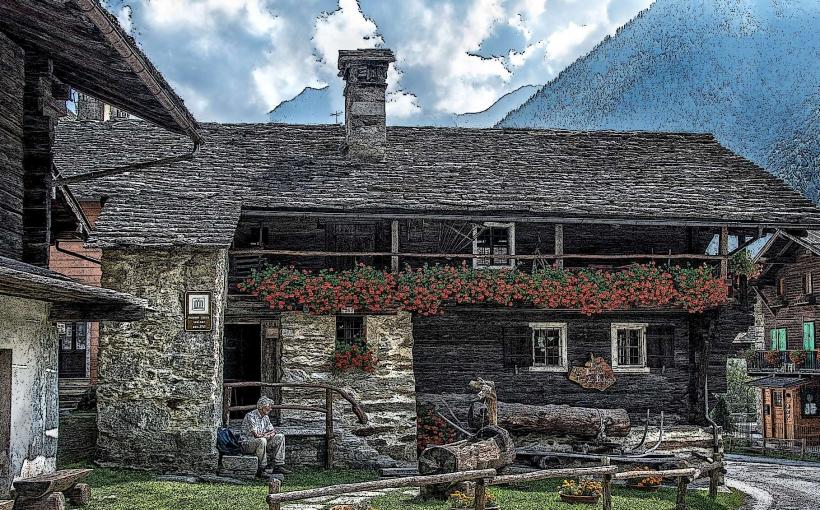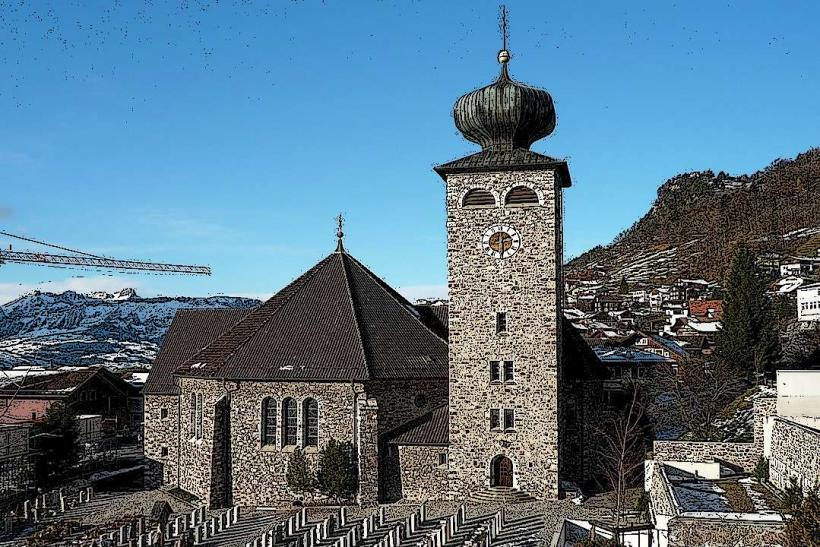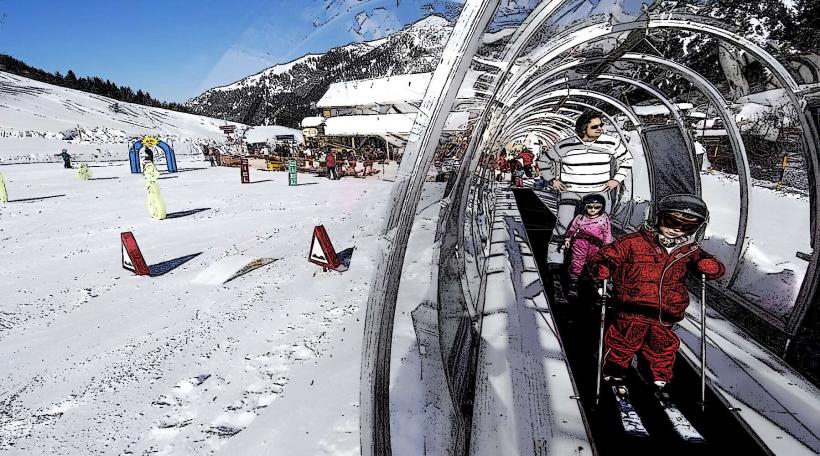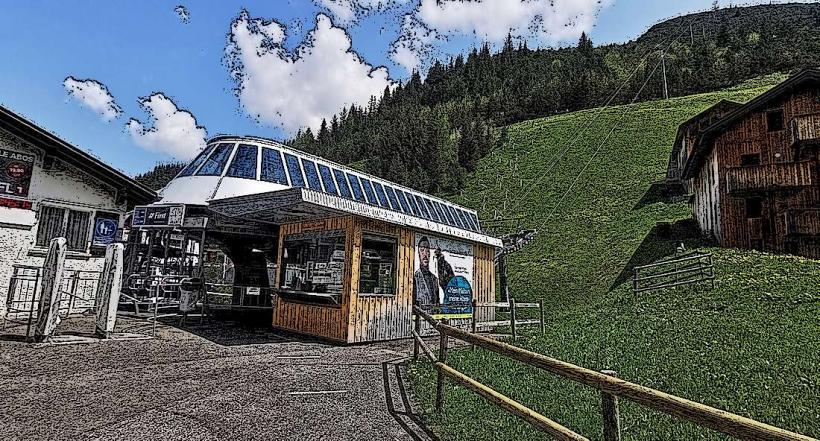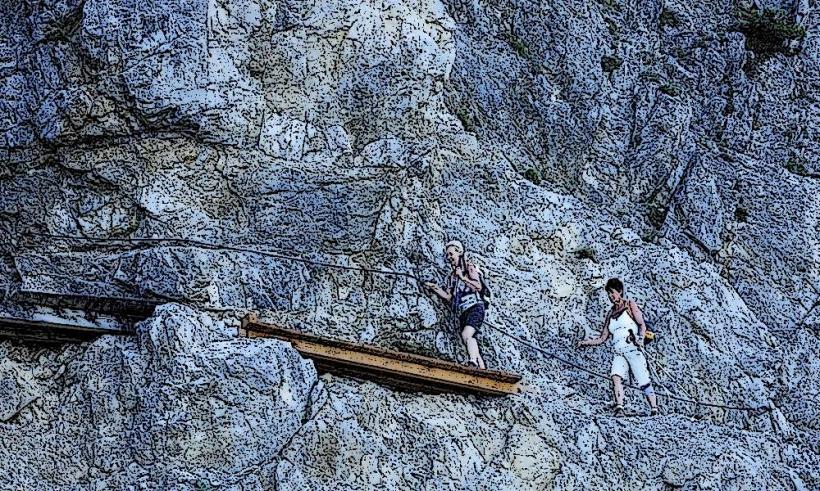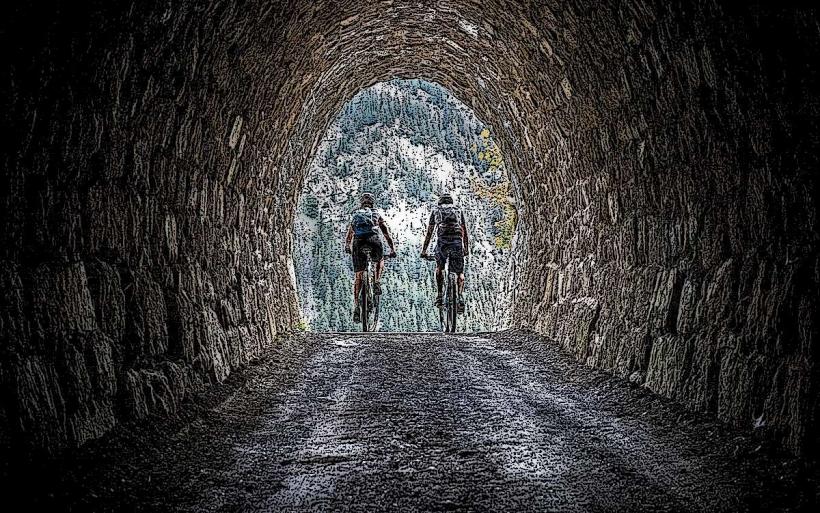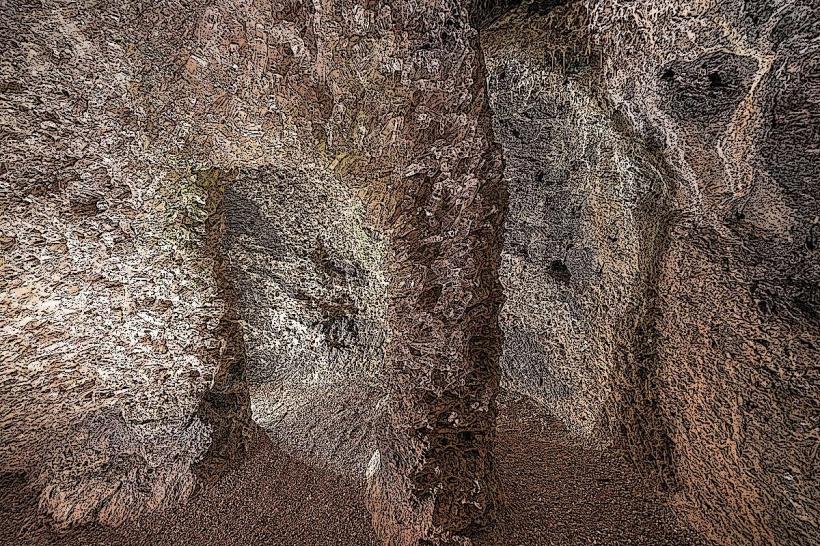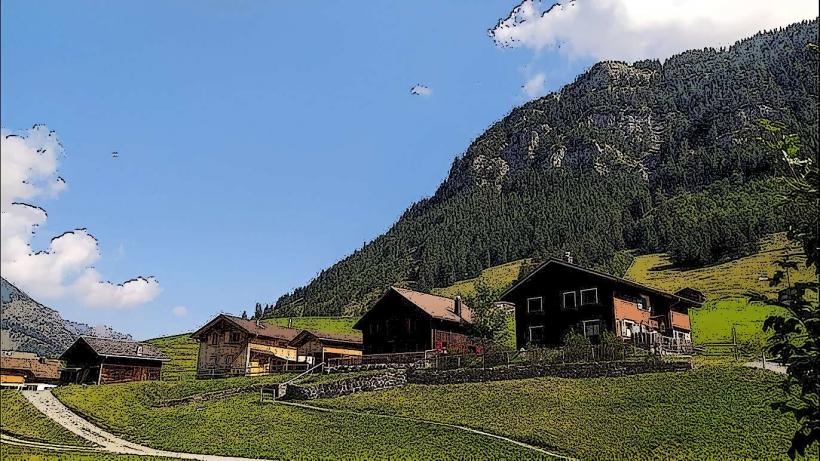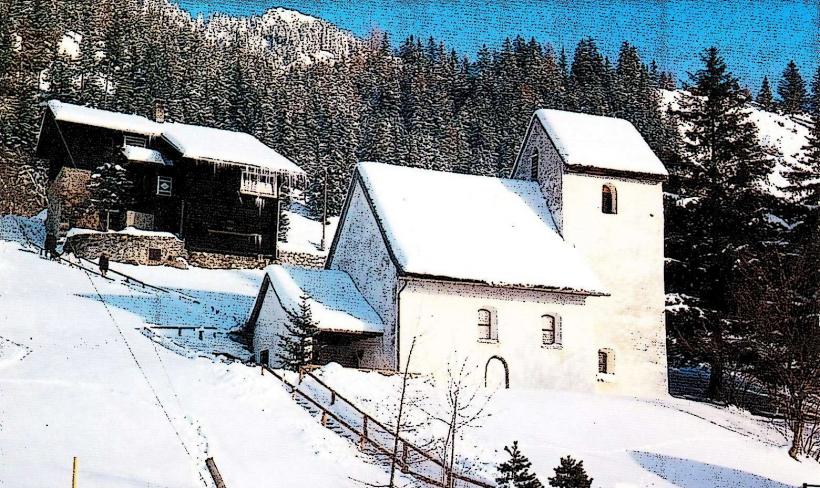Information
City: TriesenbergCountry: Liechtenstein
Continent: Europe
Triesenberg is a picturesque mountain village located in the eastern part of Liechtenstein, situated at an elevation of approximately 900 meters (2,950 feet) above sea level. This quaint village offers breathtaking views of the Rhine Valley, the Liechtenstein Alps, and the surrounding region, making it a popular destination for both tourists and residents seeking a peaceful, scenic environment. Here’s a detailed look at Triesenberg, focusing on its geography, history, economy, and cultural life.
Geography and Location
Triesenberg is part of the municipality of Triesen and is located on the Alpstein mountain range, overlooking the Rhine Valley and the rest of Liechtenstein. The village is easily accessible by car from the town of Schaan and Vaduz, both of which are about 10-15 minutes away by road. Triesenberg is perched on the hillside, offering spectacular views of the valley below and neighboring regions in Switzerland and Austria.
The village covers an area of approximately 13.5 square kilometers, and its elevation provides a cooler, more temperate climate compared to the lower-lying towns in Liechtenstein, making it especially pleasant in summer. Its alpine location makes Triesenberg an excellent base for outdoor activities, especially hiking and skiing in the winter months.
Population and Demographics
Triesenberg is a small village with a population of approximately 2,000-2,500 people. The residents of Triesenberg are mostly native Liechtensteiners, although the village also hosts a few expatriates, especially those drawn to the area by its quiet charm, scenic beauty, and proximity to the larger towns like Vaduz and Schaan.
As with the rest of Liechtenstein, the official language spoken in Triesenberg is German, but due to the international nature of the country, many people also speak English, especially in the business community.
Economy and Industry
Triesenberg is primarily a residential and tourist area, and the economy of the village is mainly centered around tourism, agriculture, and small local businesses. While it does not have the large-scale industrial activity seen in the more urbanized areas of Liechtenstein, its appeal as a tranquil getaway and its picturesque surroundings contribute significantly to its economy.
Tourism: The village’s location in the mountains and its proximity to the capital Vaduz make it an attractive destination for both locals and visitors. It is especially popular with tourists who enjoy outdoor activities such as hiking, skiing, and mountain biking. Triesenberg’s relatively remote location also offers a serene environment, making it a preferred choice for those seeking to escape the busier towns in Liechtenstein.
Agriculture: While not a major economic activity, agriculture still plays a role in Triesenberg’s local economy. The area is known for its fruit orchards, particularly apple trees, as well as small-scale farming. Locally grown produce, such as apples, vegetables, and herbs, is sold at local markets and to nearby towns. Some residents also maintain small livestock farms.
Craftsmanship and Small Business: Triesenberg is home to a number of small businesses, including traditional workshops, such as those focusing on woodwork and handicrafts. The village has a long history of craftsmanship, and some local artisans continue to produce handmade goods for both locals and tourists. Small shops and family-run businesses provide basic goods and services to the community.
Residential Area: Triesenberg has become increasingly popular as a residential area, especially for those who work in nearby towns like Vaduz, Schaan, or even across the border in Switzerland. The combination of quiet living, scenic views, and accessibility to the urban centers has made Triesenberg an attractive location for those seeking a peaceful lifestyle.
Transportation and Accessibility
Although Triesenberg is located at a higher elevation, it is well-connected to the rest of Liechtenstein and neighboring Switzerland.
Road Connections: Triesenberg is accessible via a well-maintained road network, with the main access route being the Liechtensteinische Strasse (L19) that connects it to Schaan and Vaduz. This makes the village easily accessible by car, and the drive offers stunning views of the surrounding mountains and valley.
Public Transport: Triesenberg is served by buses, which connect the village to the neighboring towns of Schaan, Vaduz, and other parts of Liechtenstein. Public transport is convenient for those who do not drive, although the village's elevated location means that it is more dependent on cars for access compared to other parts of Liechtenstein.
Cycling and Walking: Due to its mountainous terrain and natural beauty, Triesenberg is also a popular area for cycling and hiking. There are several well-marked trails that lead through the village and into the surrounding mountains, attracting outdoor enthusiasts year-round.
History and Culture
Triesenberg has a rich history that is closely tied to the overall development of Liechtenstein. The village was traditionally known as a farming and mountain community, and its culture is deeply rooted in the alpine traditions of the region.
History of Triesenberg: The village has been inhabited for centuries, with its history dating back to at least the 13th century. Triesenberg, like many mountain villages in Europe, developed around farming and natural resource use. The village was historically isolated due to its elevation, but as transportation and infrastructure improved over time, it became more connected to the rest of Liechtenstein.
Cultural Significance: Triesenberg is a village steeped in local traditions and customs. The community maintains a strong connection to Alpine culture, including traditional music, dance, and festivals. One of the most significant cultural events in Triesenberg is the Schellenursi, a traditional parade held annually in which participants wear distinctive costumes and bells to mark the arrival of spring.
St. Peter’s Chapel: A historical landmark in Triesenberg is the St. Peter’s Chapel, located on the hillside above the village. This small, picturesque chapel is an important place of worship for the residents and also serves as a symbol of the village’s long history and spiritual traditions.
Local Architecture: Triesenberg features traditional Alpine architecture, with many homes built in the classic style of the region, using wood and stone. The buildings are designed to withstand the harsh mountain weather while maintaining a rustic, charming aesthetic. This traditional architecture, combined with stunning views, makes the village a visual delight.
Education and Social Life
Triesenberg offers a range of educational opportunities, particularly for younger residents.
Schools: The village has a primary school, where children receive education in line with the national curriculum of Liechtenstein. Secondary education is typically attended in nearby towns like Vaduz or Schaan. Triesenberg also has community-based programs that focus on preserving the cultural heritage of the village.
Social Life and Community: Triesenberg has a strong sense of community, with residents participating in local clubs, sports activities, and events. The village has sports clubs focused on hiking, skiing, and other outdoor activities. Social life is often centered around local festivals, gatherings, and traditions that strengthen ties among the residents.
Cultural Activities: The village hosts cultural events such as traditional Alpine concerts, local fairs, and art exhibitions that showcase the region’s rich cultural heritage. The natural surroundings and the slower pace of life in Triesenberg foster a deep sense of community and belonging among its residents.
Tourism and Recreation
Triesenberg is an ideal place for visitors looking for a more authentic and serene mountain experience. The village is a popular starting point for hiking and mountain biking during the warmer months and skiing in the winter. Visitors often enjoy the hiking trails that wind through forests, meadows, and up to the peaks of the Liechtenstein Alps, offering incredible panoramic views.
Conclusion
Triesenberg is a charming mountain village in Liechtenstein, known for its rich history, scenic views, and deep connection to Alpine traditions. Whether for its natural beauty, outdoor recreational opportunities, or peaceful, family-friendly atmosphere, Triesenberg offers a high quality of life to its residents and a unique cultural experience for visitors. The village’s blend of history, culture, and natural beauty makes it an essential part of the Liechtenstein experience.

